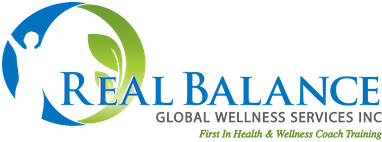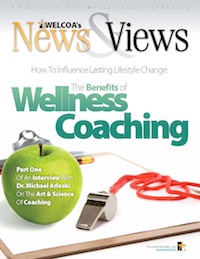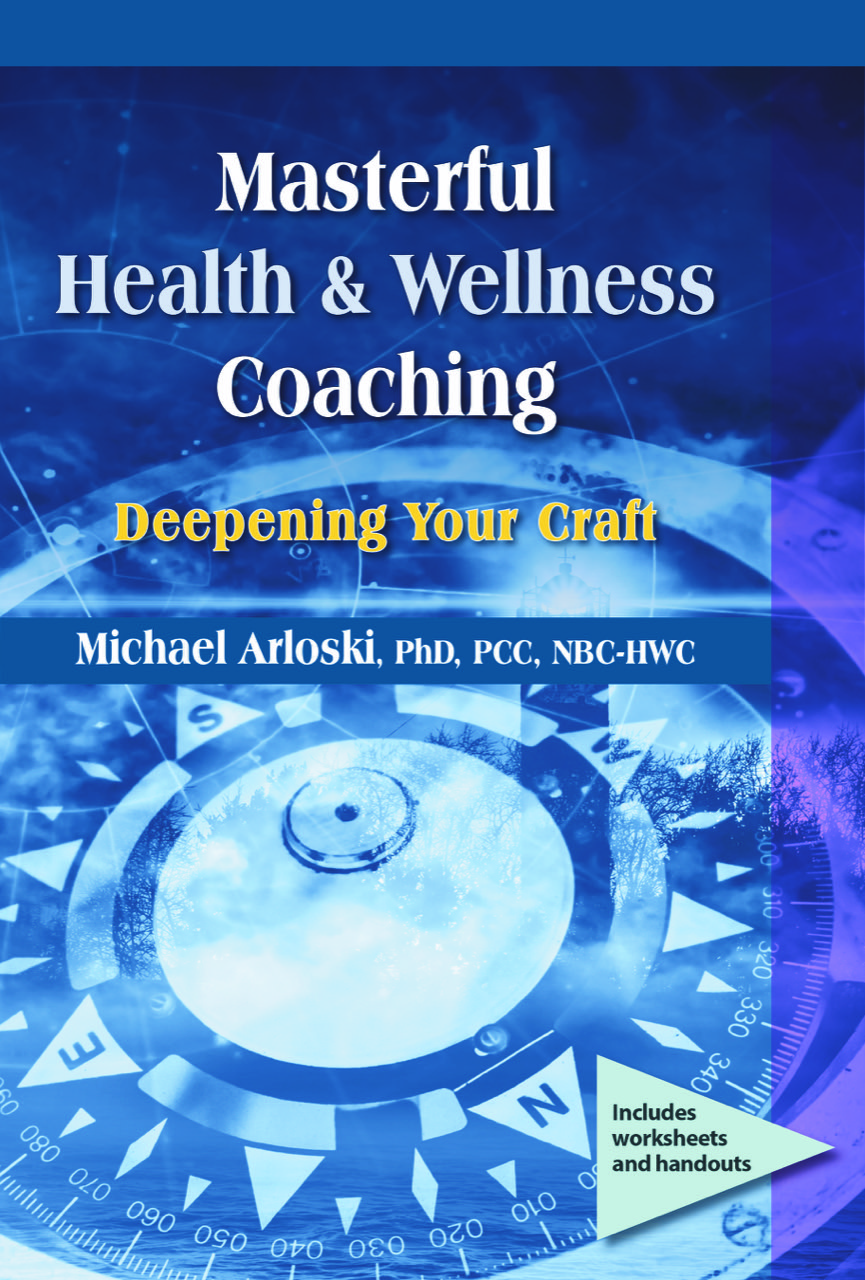Ten Ways To Coach Through Barriers To Change – Part Two – Inner Barriers To Lifestyle Improvement – I by Dr. Michael Arloski.

Your client has their motivation to be healthy and well energized, they’ve checked out their readiness for improving their lifestyle and, perhaps, with your help, they’ve even gotten a real wellness plan lined out. So, what is getting in their way of taking action and living that healthy lifestyle? Chances are they will encounter some external barriers like schedule changes, lack of support from folks they counted on at home or at work, increased workload, etc. While we can work with them to strategize ways over, under, around and through those, the more insidious barriers can be internal in nature.
What holds us back from succeeding at lasting lifestyle change is often as much an internal challenge as it can be external factors. Ten Ways To Coach Through Barriers To Change – Part One – Outer Barriers To Lifestyle Improvement by Dr. Michael Arloski. Our own beliefs about ourselves, and the world around us, as well as issues of self-esteem, self-doubt, and self-efficacy, may determine our progress and success. We can all be our own worst enemy without even knowing it.
There are libraries full of evidence that our lifestyle choices do indeed affect our health both in terms of prevention and in terms of the course of an illness. (e.g. http://www.acpm.org) Yet, as we know belief is not a simple matter of logic and facts.
1. Address Belief Systems.
Coaching is not consulting so we aren’t just telling our clients they “need” to change their belief systems. Our clients come to coaching with their own values, priorities, and ways of thinking about the way the world works. Coaches honor that. It doesn’t mean, however, we can’t challenge ways of thinking that are self-defeating. Instead of labeling certain thoughts and the resultant behaviors as “SDB’s” (self-defeating behaviors), we need to help our clients examine them. This might best start with a request for clarification “Tell me more about that.” Then the classic “How’s that working for your?” question hopefully jogs our clients into some insight about how self-defeating such thinking really is.
Another barrier to growth and change is when our clients are less than clear about what they truly value, or are living out of accordance with their values. Helping our clients to clarify their values is a huge service that the coaching process provides. Belief systems have deep familial, cultural and experiential roots that aren’t easily ripped from the ground, and shouldn’t be. Our job as coach is to continually facilitate a process of self-examination in our clients and honor their own pace and choices about change. This process continues with all of the remaining ways through inner-barriers we will look at here.
2. Defy Self-Deception
When we don’t understand the motivation of ourselves, or others, we often fill in the blanks with assumptions. When those assumptions are based on fears we are especially vulnerable to deceiving ourselves. If a co-worker interacts with me curtly I might assume that they don’t want to be around me, that they think less of me, or perhaps believe that my job performance is sub-par and they want to only be minimally associated with me. I might then start avoiding interactions with them. This is what the authors at The Arbinger Institute call “self-betrayal”. In their marvelous book Leadership and Self-Deception (http://www.arbinger.com/en/home.html), they take on the very challenging task of helping us see what is invisible to us; the ways that our thinking betrays us leading to false conclusions about ourselves, and those around us. Self-betrayal leads to self-deception. Helping our clients to catch themselves when they are basing their perceptions of the world (and themselves) on judgments, prejudices, assumptions, projections and inadequate information can help them shift to not only greater compassion towards self and others, but to more accuracy as well.
3. Build Self- Esteem & Self-Efficacy
When it comes to being successful at losing weight, managing our stress, quitting smoking, etc., your client can start with two questions for themselves: Can I really affect my own health and am I worth it? Psychologist Wayne Dyer is fond of saying “You’ll see it when you believe it.” This is indeed a matter of belief. Do you believe that all of these efforts to improve your lifestyle are going to make any difference in your health (self-efficacy)? Is the effort worth it, and am I worth the effort? The two questions go hand in hand. People who are successful at lifestyle improvement are able to answer “Yes!” to these questions. A “No.” or even a “Maybe.” says that your work needs to start right here.
How “Okay” I feel about myself may have some very deep roots but unearthing them may not be as necessary as you might think. Helping your client to build confidence in themselves and their wellness efforts starts with selecting goals that are the easiest to attain and letting success build on success. Support them as they experiment to attain more mastery in their world. They can increase their probability of success by working with an ally (like you) instead of, once again, attempting it by oneself. They will also, of course, be more successful with an actual plan instead of just launching a single action step effort. Encourage them to seek out experiences that allow you to engage in creative self-expression, another know booster of self-esteem. Build it in to their wellness plan.
4. Gag The Gremlin
Tied into progress at building self-esteem and self-efficacy is being vigilant about keeping our self-doubt and excessive self-criticism at bay. It seems that the little negative voice that whispers inside your ear gets activated whenever you attempt a change. In chapter eight of my book Wellness Coaching For Lasting Lifestyle Change (http://www.wholeperson.com/x-trainer/coach.html) I take the reader through the process of learning about their own way of being self-critical and how to combat it. The Inner Critic or “Gremlin” is really that part of us that has internalized falsehoods about us and these thought patterns bring forth our self-doubt and hold us back from action and success. Psychologist Rick Carson’s little book Taming Your Gremlin (http://tamingyourgremlin.com/) is found to be so valuable by many coaches that they often include a copy in their client Welcome Packets.

5. Fly With The Eagles (So The Turkeys Won’t Get You Down)
There is no doubt that Peer Health Norms are a huge factor in our lifestyle choices. It is hard to go against the grain all the time and be the only one in our family, group of friends, or workplace who is consciously attempting to live a healthy wellness lifestyle. Albert Bandura talks about “vicarious experiences provided by social models” as an effective way that we can develop self-efficacy. Certainly being around others who are more physically active, eat well, share feelings more easily and value connectedness and seeing their success, will make it easier for us to engage in such similar behaviors.
Our coaching challenge arises when our client is faced with the incongruity of a personal desire to change and an environment that discourages it. We can help our clients by A) encouraging them to ask for the help they need. Support them in having honest conversations with their peers about their intentions to change and their desired goals. Help them enlist support. We can also B) help them build a support network of people who are living more wellness-oriented lives. This may need to be a conscious part of their wellness plan. When our clients face either a lack of support or even push-back from their peers we can help them C) process their feelings about this and develop strategies for dealing with it.
Dr. Arloski will be presenting a Free Webinar on this topic, Feb. 23, 2011. The recording will be archived Feb. 25th and be available at http://www.realbalance.com.
Part Two (#6-10) of this piece will be posted in a few days. We invite your comments!








Only registered and logged in readers can leave comments.